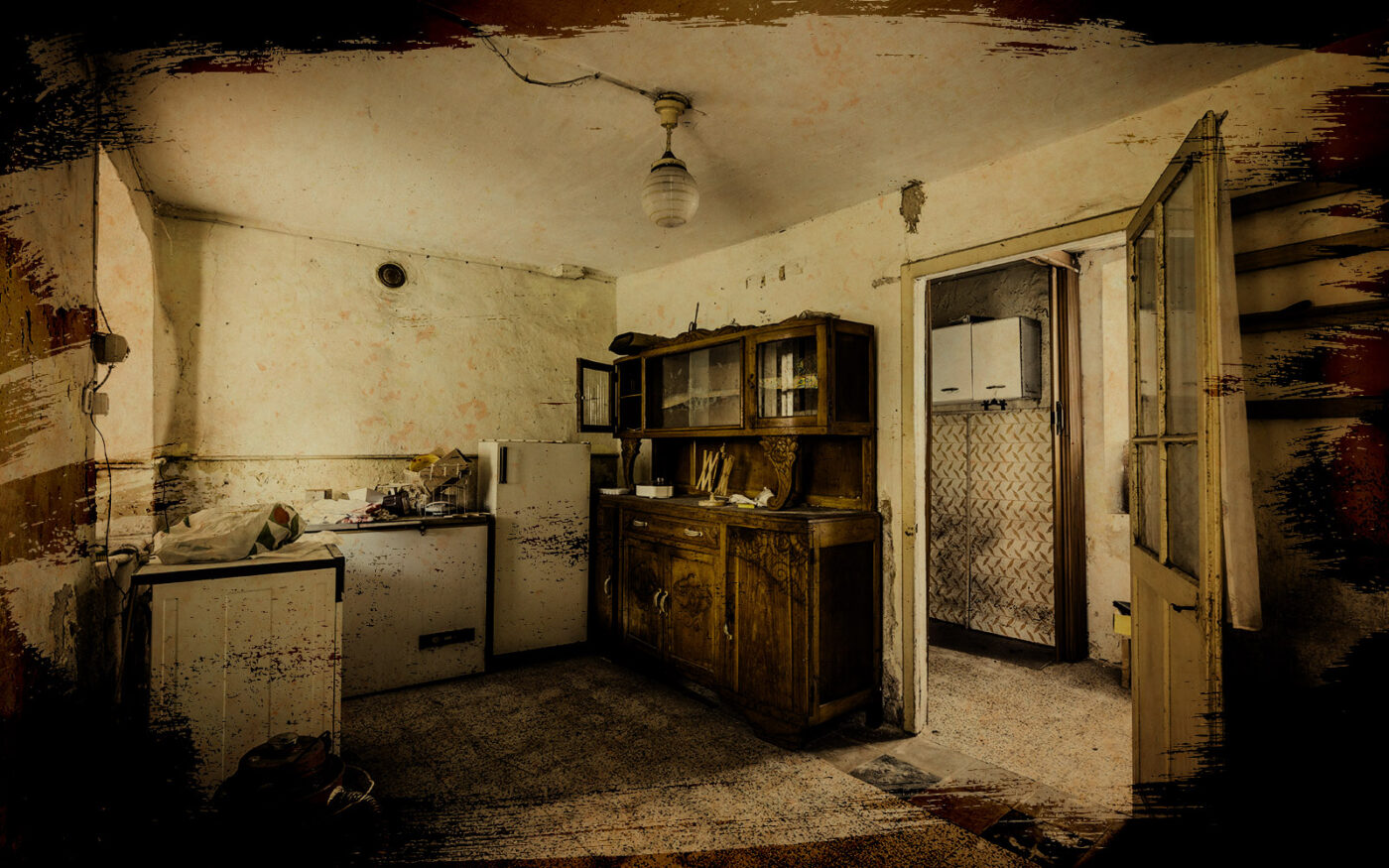On a podcast this summer, the host read something I had written about housing in New York City.
“Low quality of life has, unfortunately, been the city’s de facto affordable housing program throughout its history. The more crime, litter, air pollution, noise, vermin, fast food, run-down stores and low-performing schools a neighborhood has, the cheaper the housing will be.”
It wasn’t an especially insightful observation, just one that few people are willing to say.
Now the Supreme Court of the United States, in rejecting landlords’ challenge to rent stabilization Monday, has tacitly endorsed this affordability strategy. It allowed the state to continue capping rents in old apartment buildings, the properties most in need of upkeep.
The demise of landlords’ lawsuit raises the question of where to go from here. Not to supporters of rent stabilization, however: They don’t want to go anywhere. Their celebration of the court’s decision did not even hint that any changes were needed.
They should think again.
The landlord groups behind the case had a losing argument but a good point. New York’s 2019 rent law is a ticking time bomb because it does not allow owners to recoup enough repair costs through rent increases. Over time, this lack of maintenance will cause some buildings to fall apart.
Why hasn’t this resonated with politicians? For several reasons, including ignorance, as most have never been landlords. But largely for the one at the top of this column: Crappiness is New York’s main affordable housing strategy.
In three decades of covering city politics, only once have I heard an elected official admit this. In an unguarded moment at a Puck Building event, I heard then-Council member Antonio Reynoso let slip that waste transfer stations depress rents in Northern Brooklyn.
Reynoso, who today is borough president, was trying to rid his district of exhaust-spewing trucks. In the 1980s and 1990s, such efforts to improve living conditions consumed the city’s elected officials. Then, as conditions actually did improve in some areas, their priorities changed.
Their focus became controlling rents, which were climbing because economic and quality-of-life gains sparked demand for housing. Their tactic was to stop any improvements that might trigger gentrification.
The rent law changes in 2019 were part of that. Rent hikes to pay for individual apartment improvements or major capital improvements were limited to $83 per month. Lousy units would remain lousy, and other units would become lousy over time.
Since then, the effects of the law have been permeating through the city’s rent-stabilized housing stock — about 900,000 units. Over time, the changes will be dramatic. But day to day, week to week, they are incremental and overlooked.
A slow leak causes mold to spread. Deferred repointing erodes facades. A balky boiler lingers for years.
I am not a landlord, but I have been treasurer of a Brooklyn row house condominium since 1995. Even with low turnover and high-income residents, the building has needed constant work, and far more than I ever imagined.
Two front facade overhauls. Rear facade repointing. Landmarks approvals. A custom-made cornice. Dormer repairs. Replacement of bricks destroyed by clogged downspouts.
New boiler. New supplemental tank. New boiler ignition. New boiler wiring. Many new thermocouples. Sewage lateral straightened. A burst pipe repaired. Four new water heaters.
New roof. New sidewalk. Iron gate fixed. Stoop steps, stanchions and balusters repaired. Stairwell recarpeted and painted. New LED lighting. Wood spindles fabricated and installed. Front doors stripped and refinished, four times.
New concrete under the stoop to seal out rats. New intercom system. Chimney cleaning. Dryer vent cleaning. Parlor tiles polished and sealed.
All of that work was just to the common areas, not individual units. Most of the jobs cost thousands of dollars, some costs tens of thousands and one cost more than $150,000. No way could these have ever been funded with $83 monthly fees from four apartments.
The expenses would have been far greater had I not done lots of other work myself, for free. Through YouTube and trial-and-error, I became a locksmith, electrician, plumber, painter, landscaper, exterminator, lawyer and expeditor. I wrote letters to get water fees reduced and summonses dismissed. I pried dead rats out of spring traps so I could re-use the devices.
All of this will sound very familiar to landlords.
Maintaining a four-unit, white-collar condo is child’s play, though, compared with operating a rental building with dozens of rent-stabilized tenants.
Some buildings will remain sustainable because they have enough market-rate units to subsidize the regulated ones. But in the poorest neighborhoods, the market wasn’t strong enough for landlords to deregulate units before the 2019 law made that legally impossible anyway.
With the Supreme Court turning a blind eye, those low rents are now locked in. And while the city requires landlords to maintain properties, building codes are no match for math. Owners cannot spend more than they take in, so buildings will break down, just like they did in the 1970s and 1980s.
Crappiness as an affordable housing strategy. It’s a New York tradition.
Read more



